Mastering Healthy Choices When Dining Out
There is a scenario I hear often with my patients that sounds a little like this: “I minimize processed food all week long, and then I eat out on the weekend and lose track of the progress I made on my nutrition.” But it doesn’t have to be this way! With a little strategizing, we can dine out while keeping our health goals in check.
Menu Mastery: Identifying Optimal Choices
Whether you are dining in or grabbing a bite to go, the menu is your roadmap to set you up for success. Let’s discuss how to get the most out of the guide:
- Review menus in advance. Comparing options across restaurants can help you to know which places have the most offerings that align with your goals. Look for choices like grilled or baked protein options, fruit as a side, and a variety of vegetables.
- Scan for nutrition information. Oftentimes menus have the calories or fat content listed with the item directly on the menu. Most fast-food restaurants will have a brochure with more in-depth nutrition details. You just have to ask!
- Sleuth for clues if nutrient info isn’t available. Descriptive words like “sweet” or “creamy” to describe a menu option can be very informative. They may indicate that the dish has added sugars or is high in saturated fats. Words like “breaded”, “batter-fried”, “ crispy”, or “buttery” suggest a higher calorie option.
Portion Perfection: Making Smart Choices and Avoiding Overindulgence:
Do you know that feeling when you are so stuffed you can barely get out of your chair and need a nap pronto? That is a sign of overindulgence. Here are some tips to help keep portions in check so you leave the meal feeling fueled and better than you arrived.
- Split your meal. Most restaurant portions are at least double the true serving sizes. Consider asking for a to-go box to take half home or share the dish with a friend.
- Watch your beverages. Beverages can add up in calories, especially if someone is repeatedly refilling your glass for you. Cut back on unnecessary calories and sugar by asking them not to refill it, and order water with your drink. Or better yet, just order the water. As a bonus, this will likely save you a few dollars, too!
- Choose your appetizer wisely. If you arrive super hungry, pick a high-fiber appetizer to help you fill up on lower-calorie options, so you aren’t quite as ravenous when your meal arrives. Choices like broth-based soups, salads, or vegetables are a great option.
- Delay the bread basket. If the restaurant provides complementary bread or chips and salsa, consider asking them to hold off on bringing it until the meal arrives. This way, you won’t fill up before your meal even gets to you.
Dressing Down the Dishes: Opting for Lighter Sauces and Seasonings:
Condiments and sauces are a great way to customize the taste and the nutritional value of your meal.
- Ask for the dressing on the side. Opt for lighter olive oil or vinegar-based options to slash unnecessary calories
- Choose herbs and seasonings. Use herbs and spices over calorie-rich marinades and cream-based dressings to increase the plant foods and decrease the calorie content.
- Take control of the salt shaker. Most sit-down restaurants and even some fast food restaurants will prepare your meal without salt if requested. This leaves room for you to add your salt yourself, and be a little less heavy-handed.
Dessert Decisions: Celebrating Special Occasions Mindfully:
Savor the sweet moments! While indulging is okay occasionally, be mindful of dessert choices.
- Choose fruit-based desserts. Who says dessert can’t help you reach your daily fruit quota? Because fruit provides natural sweetness, these options may have less added sugars.
- Keep your sweets as a treat! Reserve dessert for special occasions to prevent getting in the habit of always finishing a meal with something sweet. If you need a palate cleanser, consider ordering a decaf coffee or tea.
- Wait 20 minutes from finishing your meal to eat dessert. That is roughly how long it takes your body to relay its fullness status from your belly to your brain. You may find that you are satiated and don’t want the extra course, after all.
Eating out is meant to be fun and a way to take a break from food prep. It's not meant to cause guilt or derail your health progress. With a little strategizing and support, you can stay on track. Do you have any tips not covered here? Share them in the comments below so we can encourage one another!



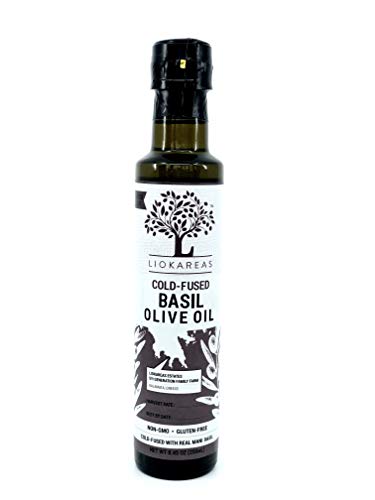
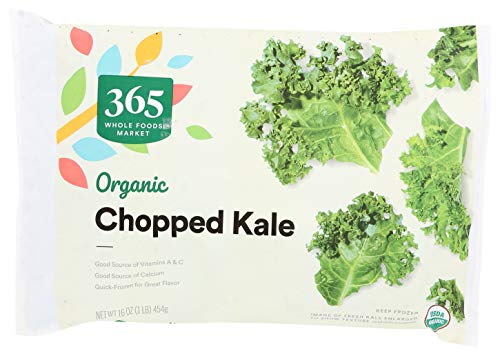
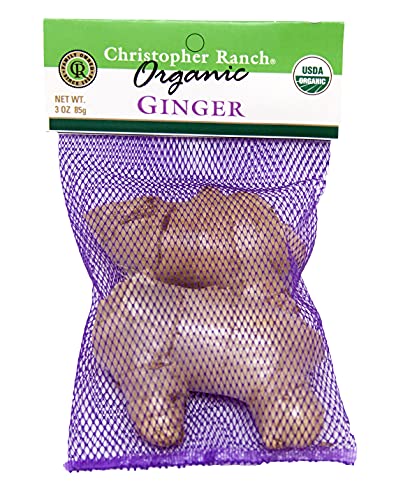


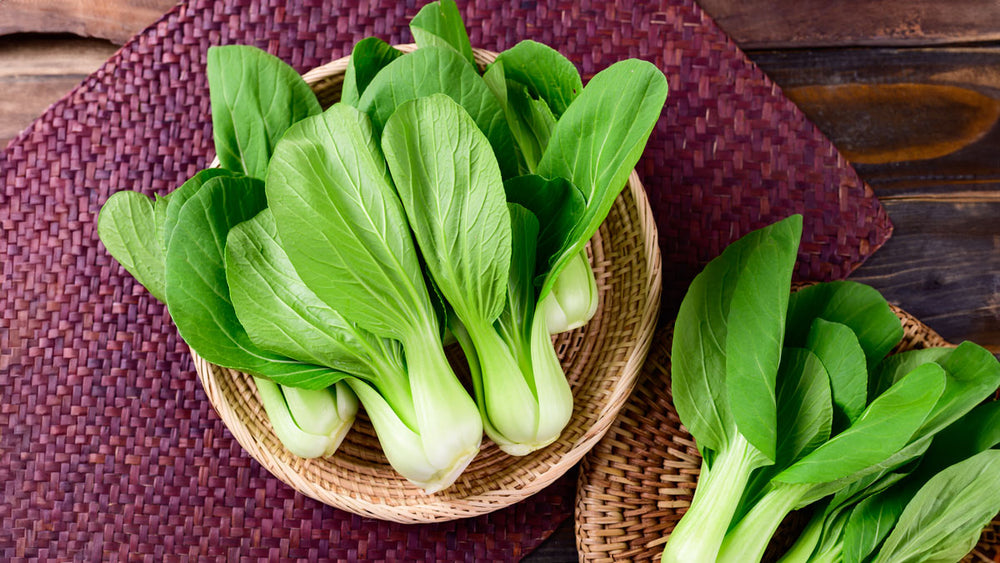

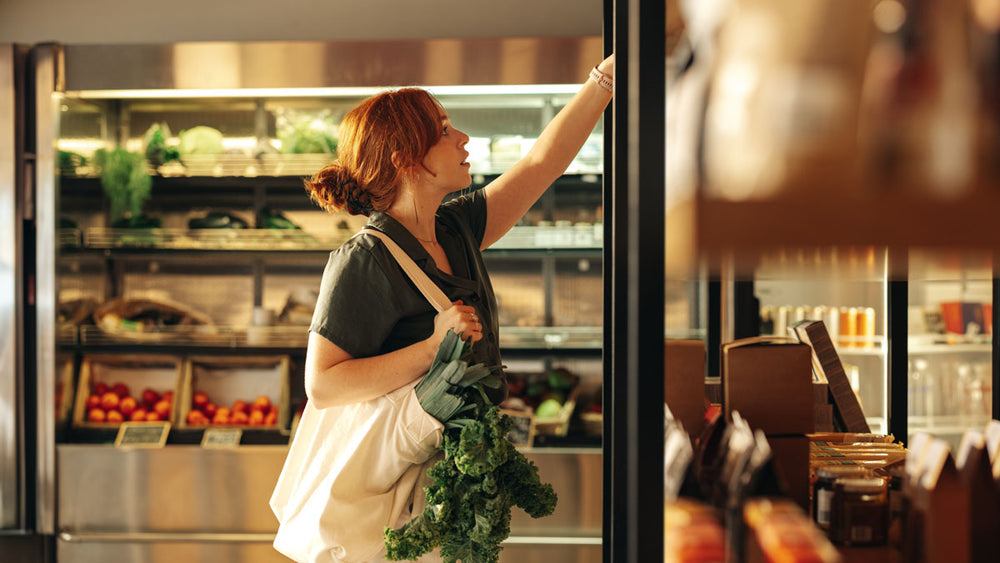

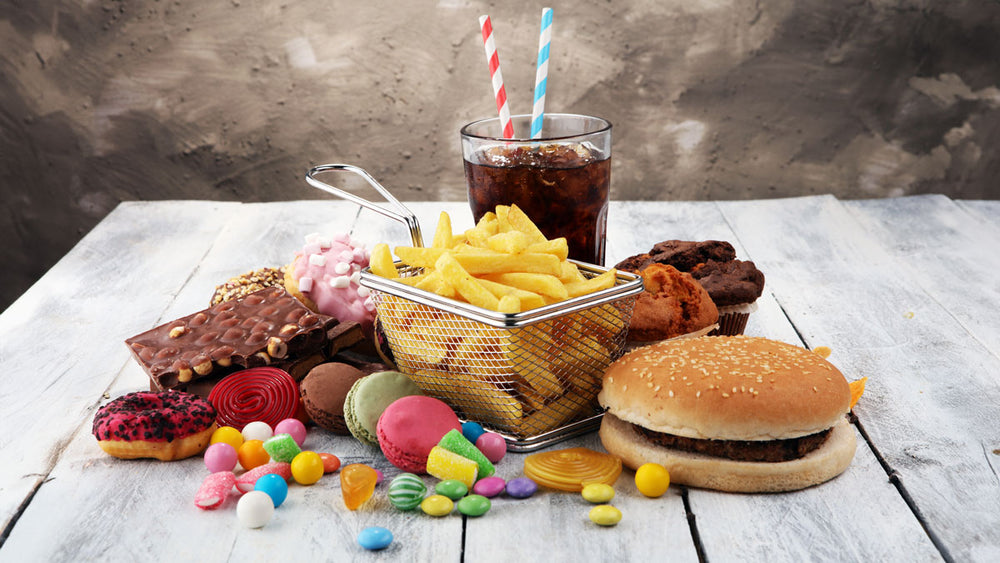










Comments
Join The Conversation...